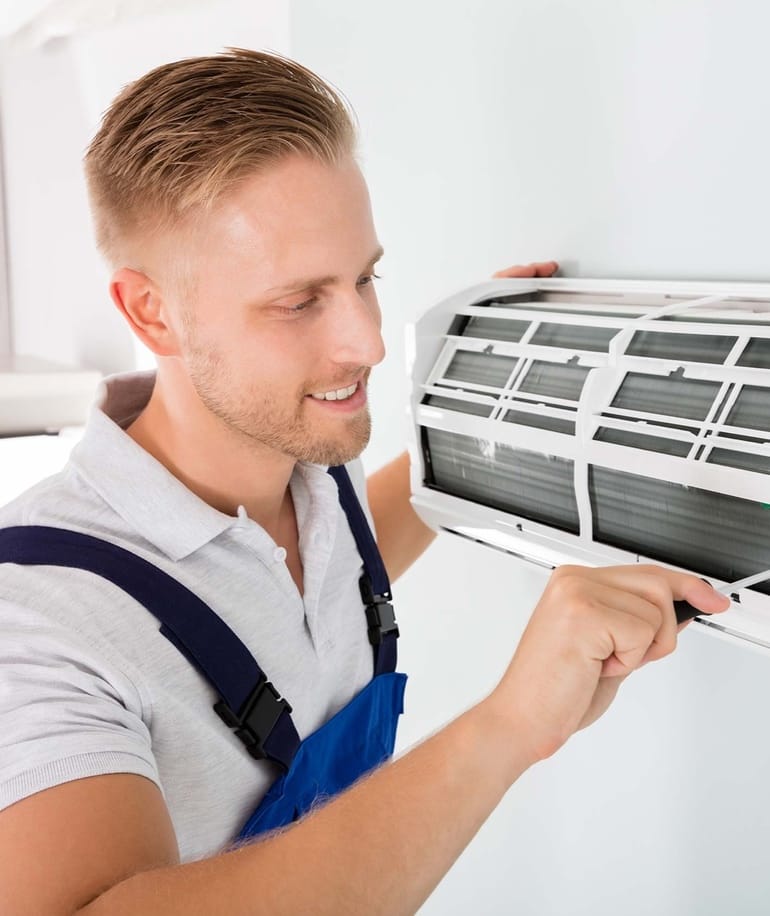A common problem in product design—particularly in electronics—is managing thermal conditions for optimal efficiency. The core of the challenge is designing energy-efficient microprocessors and printed circuit boards (PCBs) that will not overheat.
A frequently overlooked aspect of thermal management problem solving is architectural design. Whether it’s a private home, an office building, or a dedicated server room, architectural considerations can have a huge impact on the thermal management solutions available.
To tackle and alleviate the difficulties and inefficiencies that arise as a result of heat, engineers employ different cooling systems to manage conditions. These systems can be divided into two main categories: those with active and with passive cooling techniques. But what is the difference between them?
The advantages of passive cooling techniques lie in the energy efficiency and lower financial cost, making it an astute systems design choice for the thermal management of both buildings and electronic products.
 How Does A Swamp Cooler Work?
Prev post
How Does A Swamp Cooler Work?
Prev post


